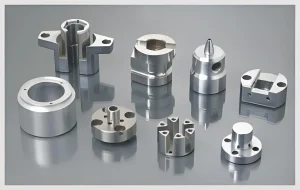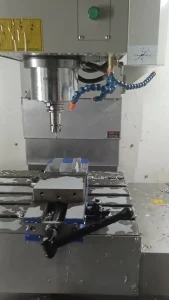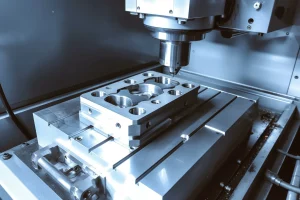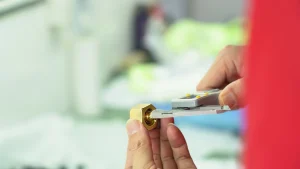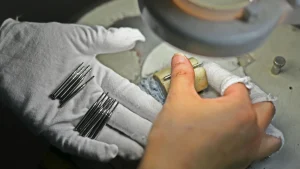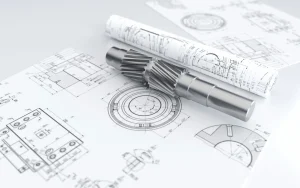CNC lathe machining plays a vital role in modern manufacturing due to its high precision and efficiency. However, fluctuations in material properties and machining errors often pose challenges to product dimensional accuracy. To effectively address these challenges, the following are some optimized CNC lathe machining measures.
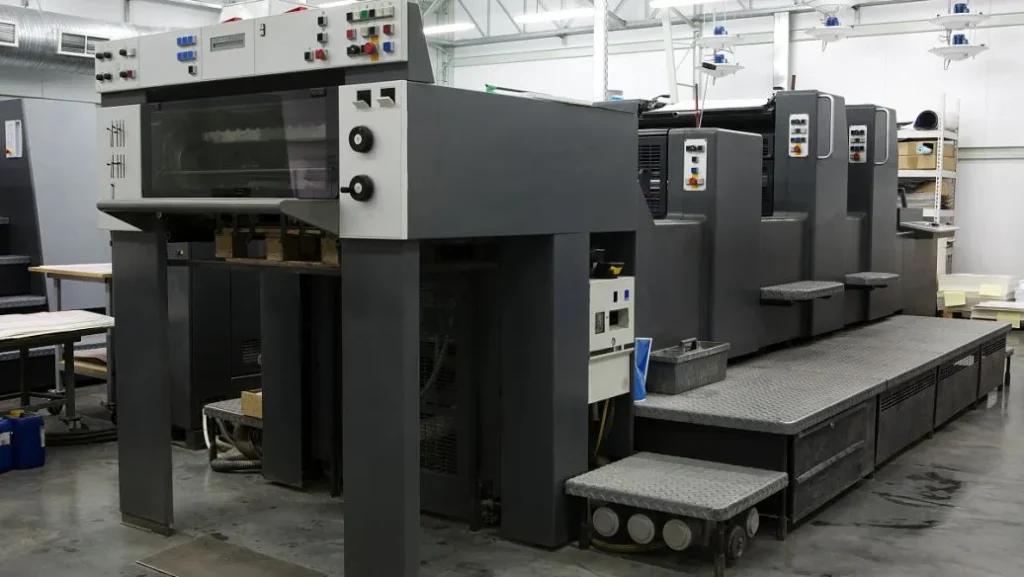
Strategies for Addressing Material Property Changes
1. Accurate CNC Programming
During the CNC programming stage, comprehensive consideration should be given to material properties such as hardness and heat treatment status when selecting tools and setting machining parameters. This helps maintain machining stability and consistency despite varying material properties.
2. Tool Wear Compensation in CNC Lathe Machining
For workpieces with significant material variations, the CNC system should include a tool wear compensation function. By monitoring tool wear in real time, the system can automatically compensate for wear, maintaining machining accuracy.
3. Material Pretreatment
Appropriate material pretreatment, such as annealing or normalizing, helps reduce internal stresses in the material and minimizes the risk of deformation during CNC lathe machining.
Countermeasures for Dimensional Errors
1. Process Monitoring and Parameter Optimization
During CNC lathe machining, closely monitor key parameters such as cutting force and machining speed, and promptly adjust the machine’s operating conditions to ensure optimal machining parameters.
2. Strengthen Quality Management
Improve the management level of CNC programming and machining quality. Enhance operator skills through training, strengthen operating standards, and reduce human error.
3. Online Automatic Measurement
Introduce high-precision automatic measuring devices for online dimensional inspection to promptly detect and correct dimensional deviations and ensure machining accuracy.
4. Equipment Maintenance and Calibration
Perform regular maintenance and calibration on CNC lathes to ensure that the machine’s geometric and kinematic accuracy meet machining requirements.
5. Process Flow Optimization
Rationally arrange the machining sequence and utilize appropriate fixtures and support methods to minimize deformation during machining.
Addressing material variation and dimensional error in CNC lathe machining requires a comprehensive approach encompassing material properties, machining parameters, equipment maintenance, and quality management. Through continuous technical optimization and process improvement, the quality and efficiency of CNC lathe processing can be effectively improved to meet the high standards of precision manufacturing.

